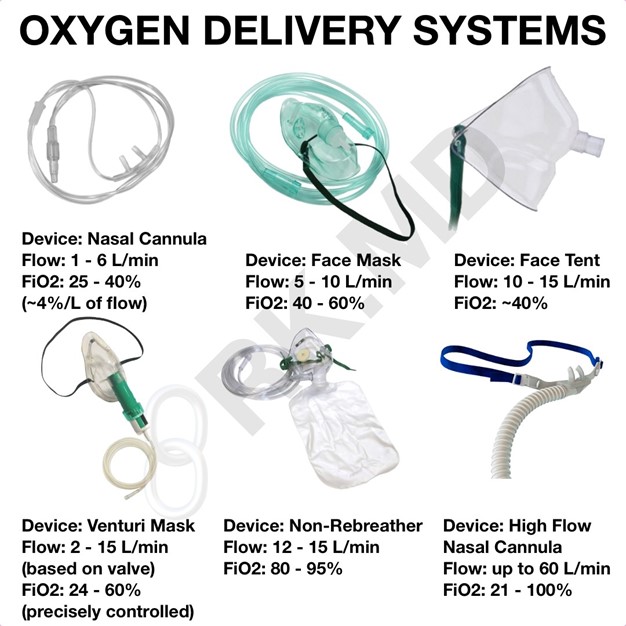A client with irritable bowel syndrome (IBS) is receiving dicyclomine, an anticholinergic drug. Prior to administering the next dose, the practical nurse (PN) determines that the client's mucous membranes are dry, and the client reports having a dry mouth. Which action should the PN take
Check vital signs.
Notify the charge nurse.
Monitor hemoglobin.
Provide oral care.
Observe and report any ear drainage after removing the device.
The Correct Answer is D
Dry mucous membranes and a dry mouth are common side effects of anticholinergic drugs like dicyclomine. These medications block the action of acetylcholine, a neurotransmitter responsible for stimulating secretions in the body. As a result, the client may experience dryness in various parts of the body, including the mouth.
Providing oral care, such as offering the client sips of water or providing a moistening agent for the mouth, can help alleviate the discomfort caused by dryness and promote oral hygiene. It is an appropriate and immediate intervention for the client's current symptoms.
Incorrect:
A. Checking vital signs may not directly address the client's dry mouth, but it is a good practice to assess the client's overall condition.
B. Monitoring hemoglobin would not be necessary in this situation, as it does not directly relate to the client's dry mucous membranes.
C. Notifying the charge nurse may be appropriate if the client's symptoms worsen or if there are other concerning factors, but the priority action in this case is to provide oral care to address the client's discomfort.
Nursing Test Bank
Naxlex Comprehensive Predictor Exams
Related Questions
Correct Answer is C
Explanation
The client is prescribed oxygen at 3 liters per minute, but the flowmeter shows that only 1 liter of oxygen is being delivered. This indicates an inadequate oxygen supply and immediate action is required to adjust the flow rate to meet the prescribed oxygen requirement. Failure to provide the appropriate oxygen flow rate can compromise the client's respiratory status and oxygenation. The PN should promptly increase the flow rate to the prescribed level to ensure the client receives the necessary oxygen therapy.
The other assessment findings mentioned are also important to note and address, but they do not require immediate action:
A. The client lying in a supine position in bed: While it is generally recommended for clients receiving oxygen therapy to be in an upright or semi-upright position, this finding does not require immediate action unless there are specific indications or contraindications related to the client's condition.
B. The cannula pressed snugly against the client's cheeks: The cannula should fit comfortably and securely on the client's face without causing discomfort or pressure areas. While this finding may require adjustment to ensure proper fit and comfort, it does not require immediate action unless it is causing harm or compromising oxygen delivery.
D. There is no humidifier attached to the delivery system: While a humidifier may be recommended to add moisture to the oxygen, its absence does not pose an immediate threat to the client's safety or require immediate action. The need for humidification depends on the client's condition and comfort level, and it can be addressed by attaching a humidifier if necessary.

Correct Answer is A
Explanation
The practical nurse (PN) should observe minimal time, maximum distance, and protective shielding when administering direct care to a client who has four gold seed implants on a chest wall tumor.
Minimal time refers to limiting the duration of direct exposure to the client with the gold seed implants. This helps minimize the nurse's exposure to radiation.
Maximum distance refers to maintaining a safe distance from the client with the gold seed implants. The nurse should try to stay as far away as possible while still being able to provide necessary care.
Protective shielding involves using lead aprons, gloves, and other appropriate shielding materials to protect oneself from radiation exposure. These protective measures help reduce the nurse's exposure to radiation during care activities.
B. Rotating assignments with other staff during the shift may not be necessary in this situation unless there are specific staffing requirements or guidelines in place. The primary focus should be on minimizing the nurse's exposure to radiation through time, distance, and shielding.
C. Virtual observation and wearing a film badge for exposure are not applicable in this context. These measures are more relevant for monitoring radiation exposure over time and do not directly address the precautions needed during direct care.
D. Standard precautions with negative pressure isolation are not specifically indicated for a client with gold seed implants. Negative pressure isolation is typically used for clients with infectious diseases that require airborne precautions, and it is not directly related to radiation precautions.
Whether you are a student looking to ace your exams or a practicing nurse seeking to enhance your expertise , our nursing education contents will empower you with the confidence and competence to make a difference in the lives of patients and become a respected leader in the healthcare field.
Visit Naxlex, invest in your future and unlock endless possibilities with our unparalleled nursing education contents today
Report Wrong Answer on the Current Question
Do you disagree with the answer? If yes, what is your expected answer? Explain.
Kindly be descriptive with the issue you are facing.
